
Released in 2001, the Nintendo Game Boy Advance (GBA) has become one of the most popular handheld video game consoles of all time. It has sold more than 80 million units and spawned an entire generation of high-quality handheld video games. This guide highlights five reasons the GBA is still a great console in 2023.
1. Cheap and Easy to Obtain
One of the biggest advantages of older consoles, such as the GBA, is that they’re cheap and easy to obtain in the used market. It is not uncommon to find GBA units in mint condition for around $30 to $60.

The abundance of available units also means that you can quickly find replacement parts, should your Game Boy Advance break. For example, you can find $1 to $5 lots of GBA units that are being sold in the used market as broken or “for parts.”
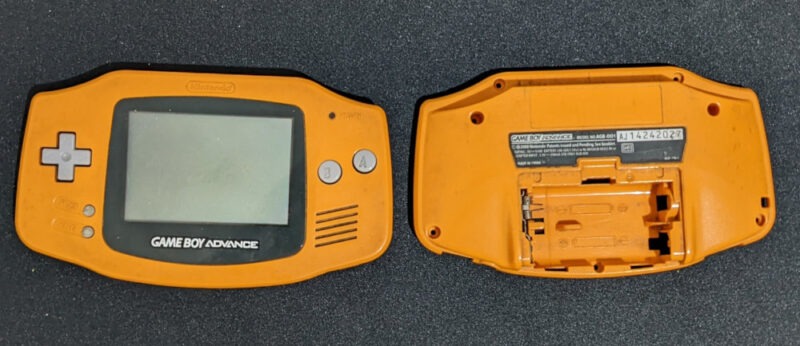
Tip: Find out about other retro gaming consoles that are worth buying.
2. Boasts a Large Library of Video Games
Over its entire lifespan, the Game Boy Advance saw more than 1500 unique titles across various genres. For instance, you can find great arcade game ports, such as Pac Man, and action-adventure titles, including Castlevania and Metroid.
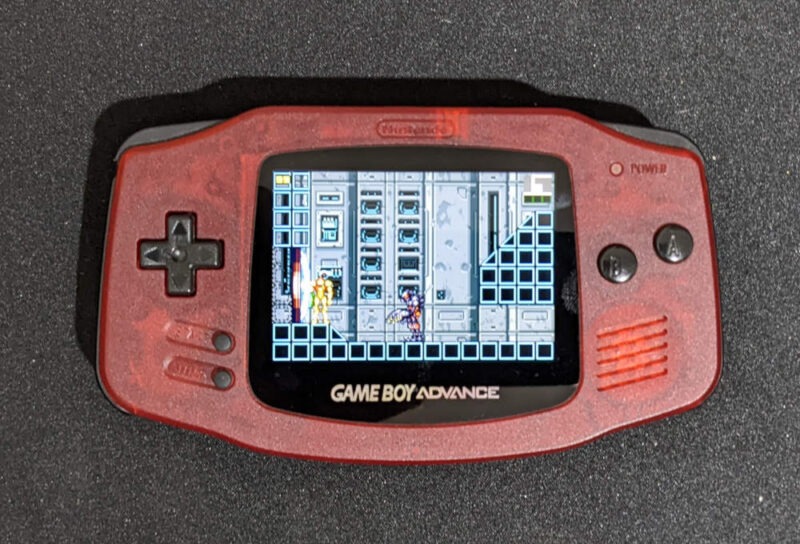
Just like the console itself, this large library of handheld games are also cheap to obtain in the used market. This makes the GBA accessible for users that are looking to get into collecting retro games but don’t have a large budget to do so.
Good to know: you can easily get intro retro gaming with iOS or Android GBA emulators.
3. Compatible with Older Game Boy Titles
Another advantage of the GBA over other retro handhelds is that it’s cross-compatible with older Game Boy titles. This includes games from the original Game Boy and the Game Boy Color. As such, you don’t need to invest in other Game Boy consoles just to play the games that are specific to them.
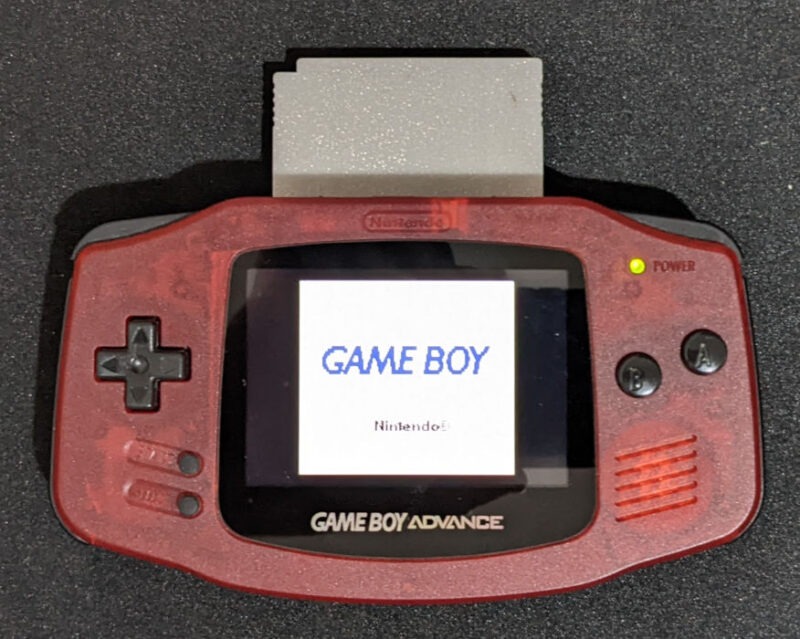
Further, the GBA is compatible with older Game Boy peripherals, such as the Game Boy Camera and Game Boy Printer. However, you do need to use the original Game Boy Universal Cable to use the printer.
4. Easy to Modify and Improve
Unlike modern devices, the GBA is also one of the easiest handheld consoles to repair and modify. You can easily get into the device’s motherboard by just removing six tri-point screws and one Philips screw.
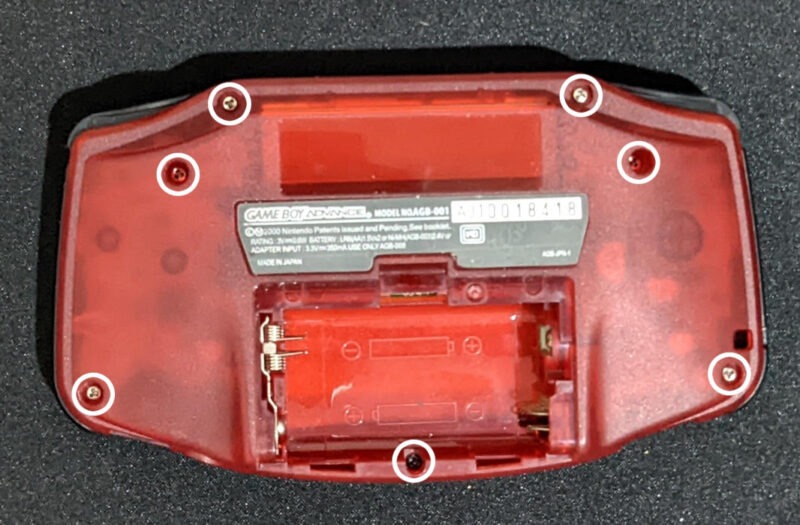
This level of accessibility also allowed third-party vendors to manufacture and sell various enhancements for the GBA. These are mods that extend how your console works on a fundamental level. For example, you can install both a high-resolution IPS display and an amplifier module which boosts your GBA’s default output level.
5. ROM Flashing
Aside from loading games through traditional cartridges, the GBA can also load them using “flashcarts.” These are third-party cartridges that use microSD cards for internal data instead of a soldered-in ROM chip.
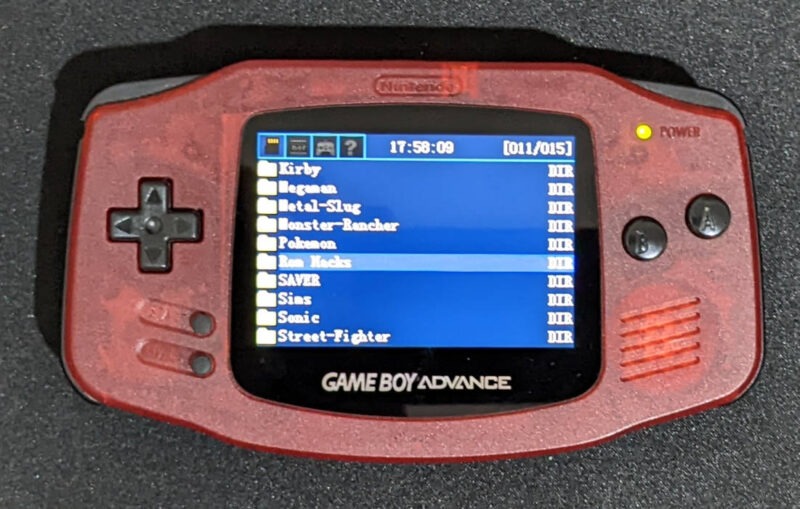
The main benefit of using flashcarts is that they allow you to load GBA games that were never released on a physical cartridge, such as homebrew games, and run them on the actual hardware. Not only that, these cartridges also allow you to access your game’s save data file and easily export it outside the device.
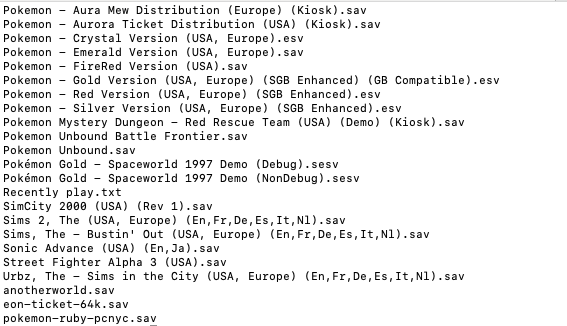
Understanding the advantages of the Game Boy Advance over other handheld retro consoles is just the first step in getting into retro gaming. Learn more about PC emulation by checking out some of the best retro gaming emulators for Linux.
All screenshots, images, and alterations by Ramces Red.
Our latest tutorials delivered straight to your inbox